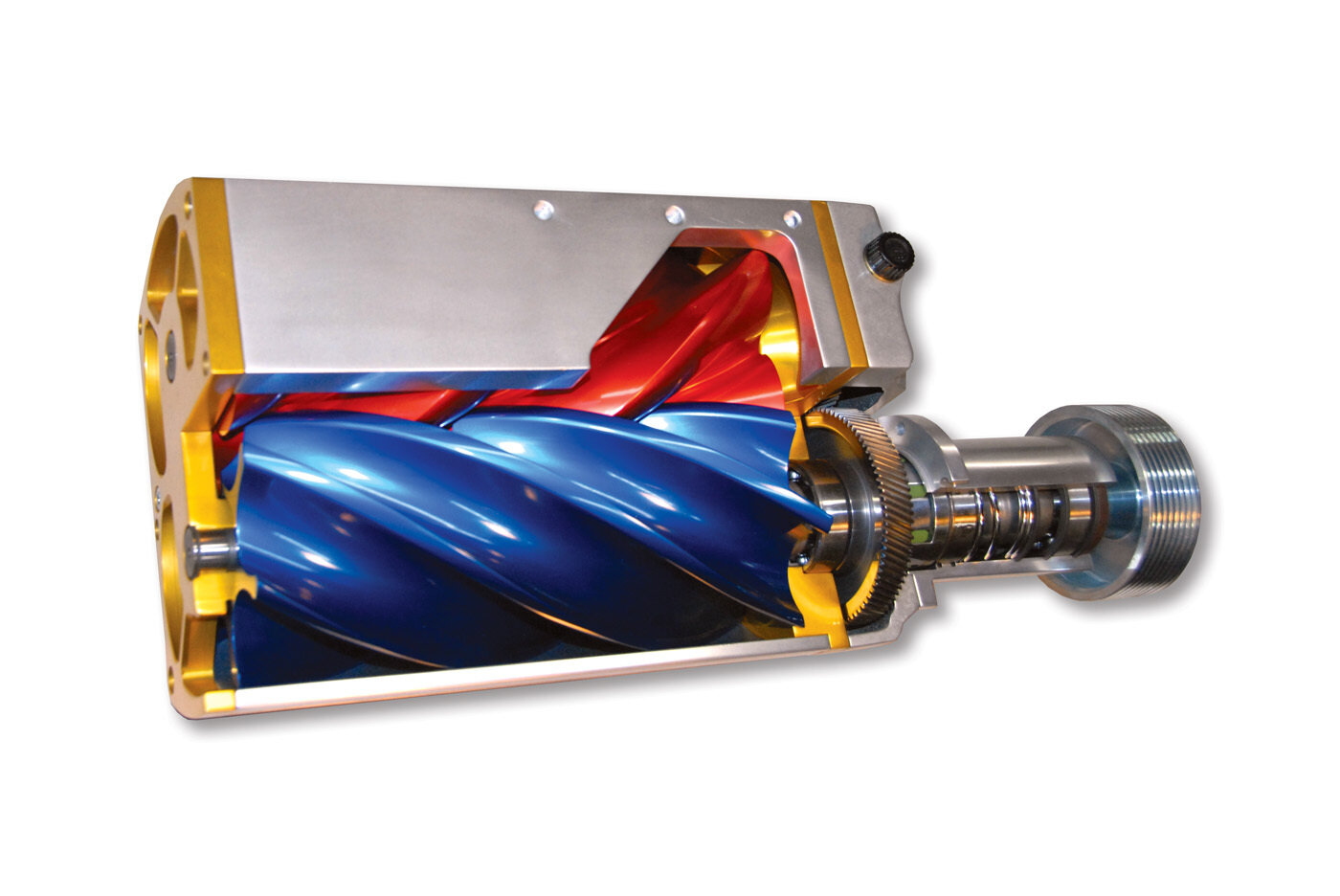
Blower Basics
Story and Photos By Steve Temple
The development of supercharging has a long history, with surprisingly diverse applications. In 1860, the Roots brothers developed an air pump with a pair of meshing lobes for use in blast furnaces, and this type of blower found its way onto an engine designed by Gottlieb Daimler in 1900, making it the oldest of the various superchargers available.
Later on, veterans returning from WWII were inspired by the superchargers on fighter planes to hop up their hot rods. Today, this type of forced induction is now a staple of the performance aftermarket. There’s no quicker way to pull big power out of an engine than bolting on a blower. Gains of 30 to 50 percent and even more are not unusual, depending on the fuel delivery, octane and intercooling systems.
The principle behind supercharging is fairly simple: use a belt-driven pump to push more air into the cylinders so the engine can burn more fuel and generate more power. The devil’s in the details, though, since superchargers come in a variety of sizes and configurations. They also often require modifications to the intake, fuel and cooling systems, along with reprogramming the engine computer.
The basic types of blowers are Roots, twin-screw and centrifugal. As noted above, the Roots pulls air through a pair of meshing lobes (as does the twin-screw, but in a different configuration). While traditionally thought of as the least fuel-efficient type, the Roots has been refined by Eaton Corporation by using three- or four-lobe rotors, among other changes.
These include twisting each rotor 60 degrees to form a helix, along with improved geometry for the inlet and outlet ports, reducing pressure variations, resulting in a smoother discharge of air for higher efficiency over traditional Roots superchargers.
The twin-screw type, offered by both Kenne Bell and Whipple, might look visually similar to the Roots type (both are usually mounted on top of the intake manifold), and is also a positive displacement unit (the amount of airflow pumped per rpm is fixed), but the internals are significantly different.
Using “male” and “female” rotors that turn in opposite directions, the twin-screw compresses the air between the rotors (rather than around the rotors, next to the blower case). The advantages of this design, Kenne Bell notes, include less turbulence, heat and friction, along with higher boost levels.
Kenne Bell introduced the twin-screw concept to Ford Mustangs in 1990, and employs it on a number of other engines, including both the GM LS V8s and the Chrysler Hemi. As mentioned, it’s a positive displacement design that produces the same cfm output and boost at any rpm — not just peak rpm. The 10 psi kit for the 2011 to ’14 Mustang GT increases power by 225 to 250 hp (approximately 20 hp/psi boost), depending on fuel octane (91 or 93).
Supercharger displacement choices are not limited to the smaller 2.3 OEM rotors. The much larger and powerful twin-screw sizes of 2.8, 3, 3.2, 3.6, 4.2 and 4.7 liters cover a power range of 725 to 1,800 hp. All superchargers utilize the same exclusive 4x6 lobe rotor concept that holds all those horsepower and track records.
The twin screw’s big, fat torque curve in the low and middle range, coupled to maximum peak horsepower and rpm, are the main reasons why the twin-screw concept has become so popular with both the aftermarket and OEMs.
In addition, to minimize supercharger inlet and boost restriction, Kenne Bell utilizes the industry’s largest throttle body (168 mm) and inlet system. This feature alone is worth 30 to 50 hp, the company claims. Also, the cooler air charge and patented Liquid Cooling ensure the lowest possible air charge temps for higher air density and thus more power. Finally, the twin-screw concept uses less engine power to drive it, resulting in lower parasitic losses and more power to the rear wheels.
The third basic type of supercharger, the centrifugal, is much smaller in size. It uses an impeller or compressor wheel spinning as fast as 50,000 rpm to draw air in and then force it out radially into a circular scroll. Since this configuration is similar to a turbocharger, the centrifugal supercharger has been described as a belt-driven turbocharger. (Turbos are driven by exhaust gasses.)
One advantage of a centrifugal unit is in the package size, since it can fit under the hood as part of the accessory drive system, usually with no changes in the bodywork, except perhaps to redirect the airflow more efficiently. Another significant difference from positive displacement blowers is that the centrifugal unit provides less boost pressure at low engine speeds. (Which can be an advantage, since no piston modifications are required to prevent engine knock.)
On the other hand, since a centrifugal unit’s airflow is not fixed and increases with the square of its shaft rpm, it really comes alive at higher engine revs. So an engine with a centrifugal blower might feel stock at first, but gets bigger as you go faster. It sometimes seems like the speedometer rises quicker than the tach. Several popular makes of centrifugal superchargers include Paxton, Powerdyne, ProCharger, Rotrex and Vortech.
Which type of supercharger is right for your engine and vehicle? That will depend on a number of variables, but generally speaking, a centrifugal supercharger is ideal for a quick-revving, lighter vehicle with a manual transmission, while the positive displacement blower excels on a larger vehicle with an automatic transmission.
Both types can produce prodigious amounts of power, but at different areas of the power band. When looking at a supercharger, one shouldn’t be concerned only with peak horsepower numbers. Unlike race cars, performance cars aren’t driven frequently at the peak power range, so that can be a misleading figure.
Whatever the type, all superchargers benefit from the use of an intercooler to reduce heat during compression. A decrease in air intake temperature (using either an air-to-air or air-to-liquid heat exchanger) provides a denser intake charge to the engine and allows more air and fuel to be combusted per engine cycle, increasing the output of the engine. In addition, a cooler intake charge allows for higher boost levels without detonation for more power.
Of course, to keep up with a higher airflow, the fuel system needs to be modified. On an EFI engine, that usually means bigger injectors and reprogramming of the engine computer. The condition and mileage on the engine should be evaluated as well, to make sure the internals can withstand higher cylinder pressures. Also, when you add boost to an engine you are essentially adding compression. Regardless of supercharger style, there is a boost limit with 92- to 93-octane pump gas before detonation occurs, resulting in engine damage. So be wary of huge horsepower claims on pump gas, since they’re simply not sustainable within the detonation limits of most production engines.

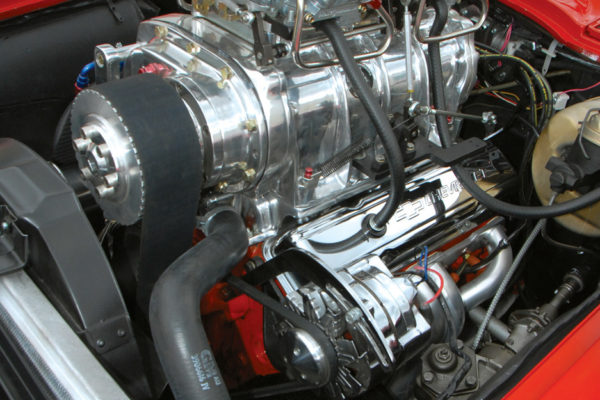
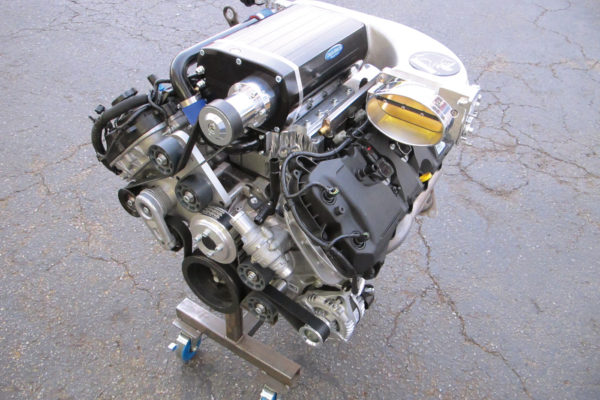
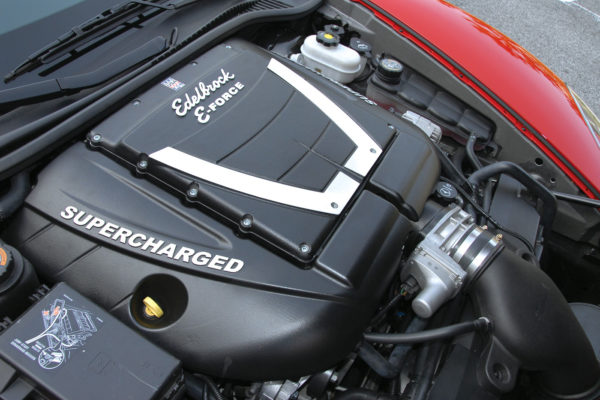
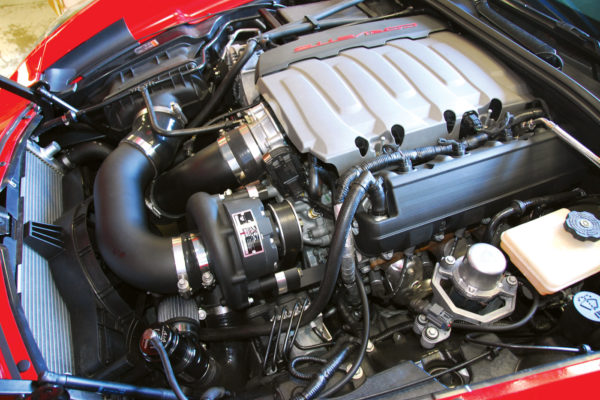
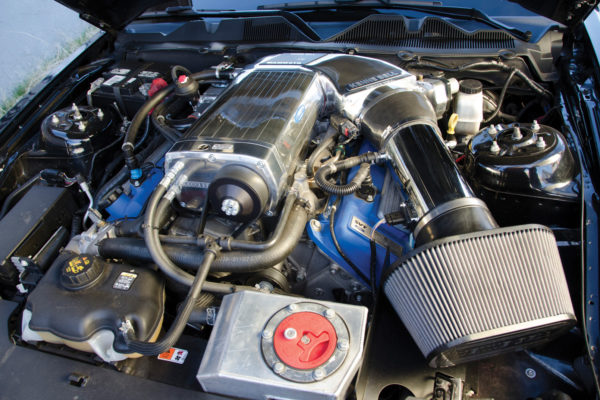
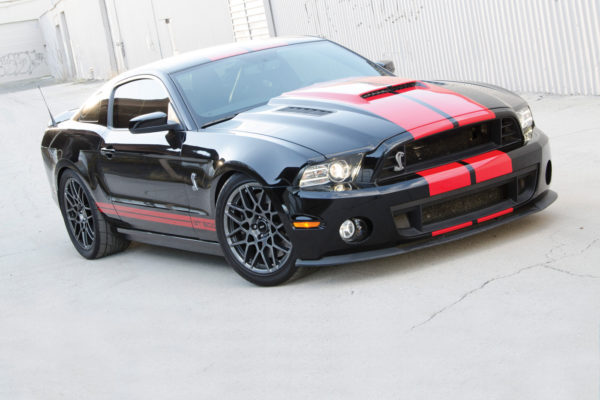
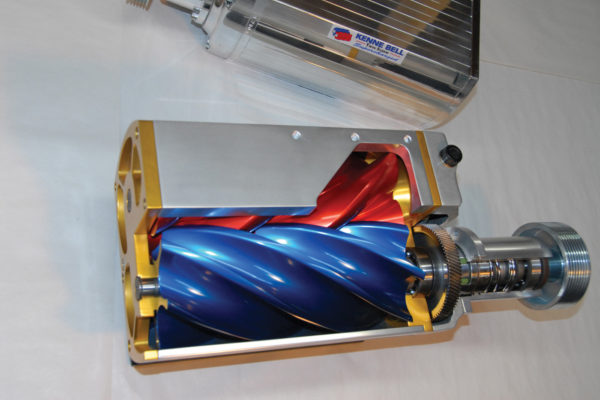
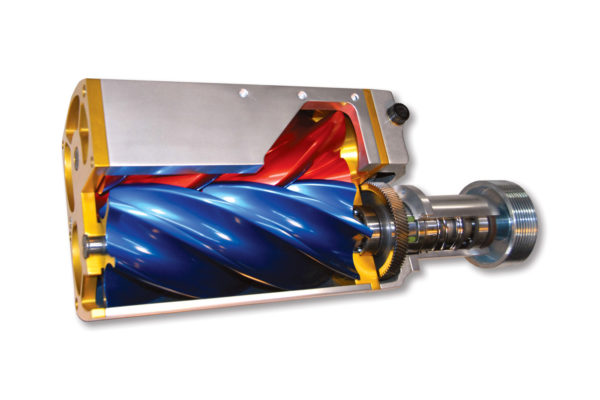
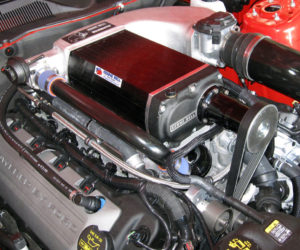
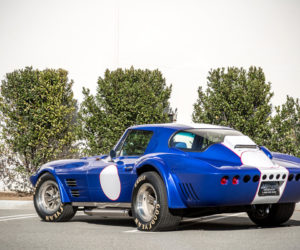
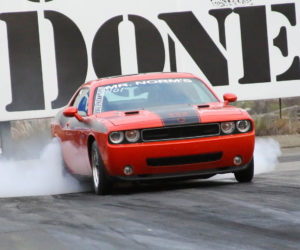
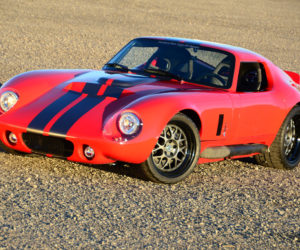
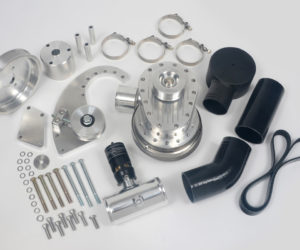
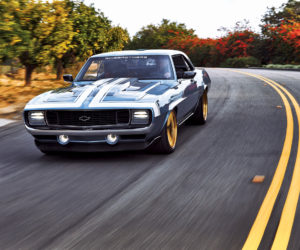




Comments for: Blower Basics
comments powered by Disqus